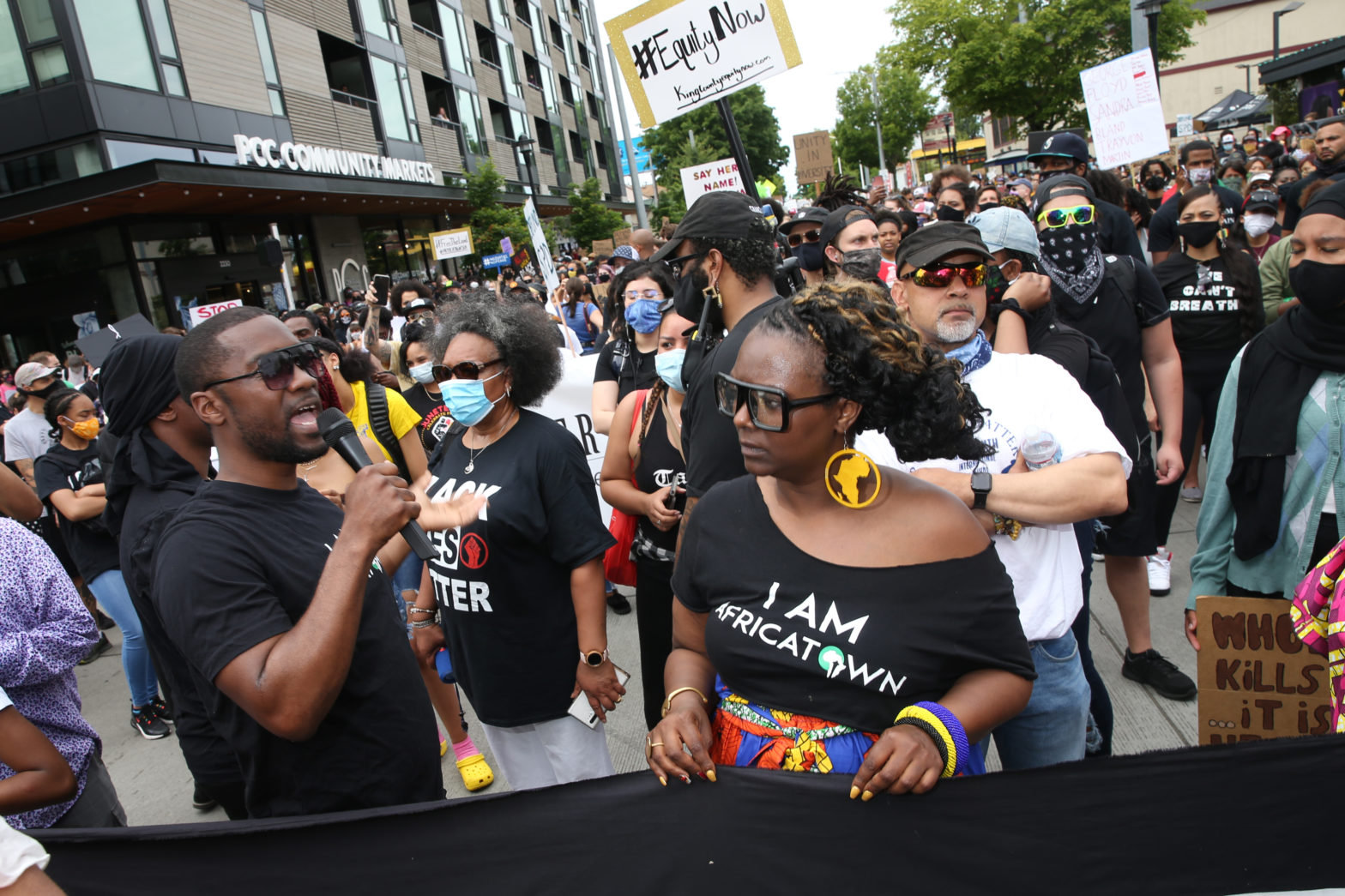AfricaTown holds great historical significance as one of the nation’s oldest African-American neighborhoods. It’s credited as being one of the first places where freed slaves from Africa settled in the United States.
On the Gulf Coast in Mobile, Alabama resides a site of unparalleled significance – AfricaTown. This historic place marks the arrival of the last group of Africans to set foot on American soil for the purpose of enslavement. To this day, it stands as a reminder and testament against such heinous crimes against humanity that robbed so many people of their freedom and dignity.
Before AfricaTown Came To Be
The origins of AfricaTown, USA trace back to the mid-1800s in the Tarkbar village of Ghana. Tragically, a civil war between African tribes resulted in the enslavement of many members of the losing tribe. Raiders from Dahomey then raided these victimized villagers and subsequently brought them down to Whydah (now known as Benin). There they were sold off into servitude by those with no regard for human rights or dignity.
And as secessionist sentiments intensified throughout Alabama, talks of rekindling the African slave trade, which had been prohibited since 1808, grew more and more prevalent. Unfortunately, William Forster, a white captain who commanded the Clotilda slave ship would jump on the opportunity to make it happen.
6 Things To Know About AfricaTown and Its Descendants
Established by 32 West Africans bought on the last known illegal shipment of slaves to America in 1860, AfricaTown remains a powerful reminder of the dark past that America cannot hide from. But even though its history is steeped in tragedy, it is also a reminder of the strength and resiliency of the African people. Here are six facts about AfricaTown that you should know about:
It Started as a Bet
In the year 1860, a group of affluent slaveholders from Mobile and their acquaintances sought to bypass the federal legislation which disallowed African slaves being imported into America. The international slave trade was outlawed by 1807’s Act Prohibiting Importation of Slaves, regrettably, it did not terminate domestic trading in humans as we know it today.
Together with a group of New Englanders, the slaveholders made a bet that they could evade federal authorities. As chief investors, Timothy Meaher, his brother Byrnes Meaher, and John Dabey allocated money to hire a crew and captain for one of Mr.Meaher’s ships in order to purchase enslaved people from Africa.
To carry out their mission, the captors utilized Timothy Meaher’s vessel known as the Clotilda. This ship was designed for lumber transport and commanded by Captain William Foster. When it arrived at Whydah in Dahomey, Foster purchased 110 African people and loaded them onto his boat. And in May of 1860, the illicit ship set sail from Dahomey heading towards its final destination, Mobile Alabama.
The Enslaved Were Probably Yoruba
21st-century research suggests that the captives were Takpa people, a band of Yoruba people from the interior of Nigeria. They had been forcefully seized by forces belonging to the King of Dahomey. The enslaved African people were put up for sale at Whydah market. There, Foster —a.k.a. the captain of the Clotilda — would purchase 125 slaves at $100 per person.
But as he was preparing to set sail, he spotted two steamers offshore and quickly fled in order to avoid them.
Foster Hid Evidence of His Crimes
In early July 1860, the Clotilda drifted into Mobile Bay, set to enter the port of Mobile. To avoid suspicion, Foster had the ship towed upriver beyond the port at night. Meanwhile, the African captives were ushered onto a steam riverboat.
Later, he would set fire to the Clotilda before deliberately sinking the vessel in an attempt to conceal any evidence of their illegal smuggling operation.
African Captives Were Forced To Make Do
The captives were sold off as slaves to those that had invested in the venture. 32 captives made their home on Meaher’s property at Magazine Point three miles north of Mobile. This area became known as AfricaTown.
Before leaving Mobile Bay, they had to survive on what little resources they could find. This often included building makeshift homes from whatever grew in the lowlands of Alabama and hunting for game animals. And unfortunately, others were sent even further away from Mobile with their new owners.
Redoshi: The Last Surviving Victim in AfricaTown
An African woman named Redoshi and her husband were both sold to a white slaveowner named Washington Smith of Dallas County, Alabama. He owned a plantation in the upcountry of the state, and later founded the Bank of Selma. There, Redoshi worked as a slave and was even forced to take on the name Sally Smith.
After emancipation, Redoshi Smith, her husband, and her daughter continued to work on the Smith plantation. She was interviewed by Zora Neale Hurston but unfortunately was forgotten after passing away in 1937. This would make her the last survivor of the African captives who were trafficked via the Clotilda as researcher Hannah Durkin would later discover in 2019.
Remnants From the Vessel Were Discovered
In early 2018, reporter Ben Raines, along with a team from the University of Southern Mississippi, completed the first contemporary survey ever performed on 12 Mile Island in the Mobile River. Just one week later, he was joined by the head of Marine Sciences at USM Monty Graham, Joe Turner, and the Underwater Works Dive Shop team as they examined a number of the wrecks identified during their research.
After a lengthy verification process, the team uncovered the first piece of Clotilda on April 13th. The coordinates and survey data were sent to the Alabama Historical Commission who employed Search Inc. to substantiate it. Finally, after months of anticipation, on May 22nd 2019, the AHC confirmed that they had indeed found the remnants of Clotilda near AfricaTown.
